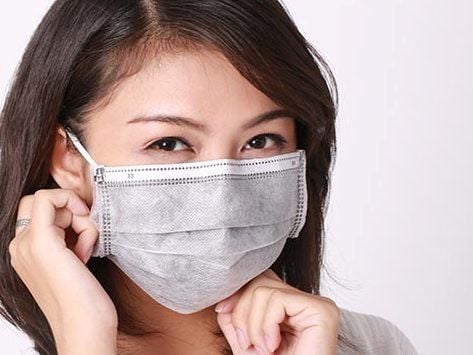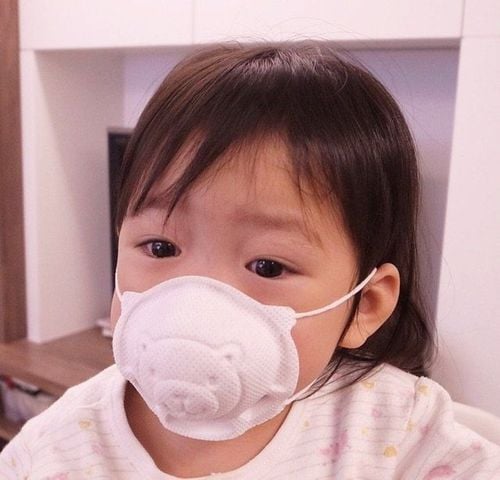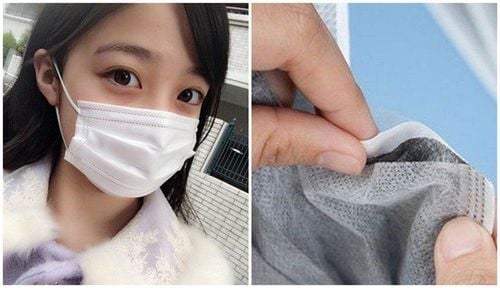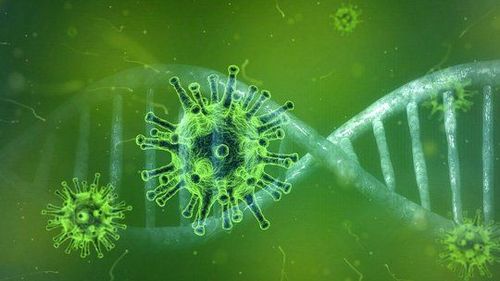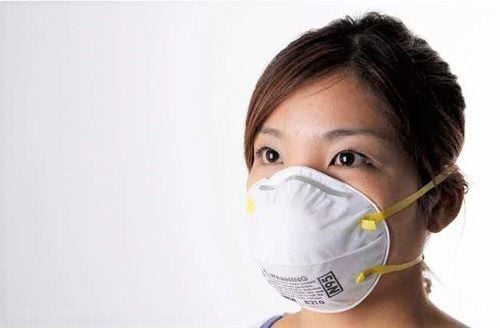This is an automatically translated article.
Bacterial filtration efficiency is an indicator of testing performed on filter materials and devices designed to resist biological aerosols, such as Medical masks, surgical gowns, caps and air filters . In the current complicated infectious disease situation, masks play a very important role in disease prevention. So how to produce medical masks to have standard medical masks?
1. Why is it necessary to use standard medical masks?
The risk of occupational exposure of healthcare workers to infections caused by various agents, especially viruses and bacteria, has become a threat to healthcare workers themselves, because During their work, they have to come into contact with biological fluids that may contain pathogens. Biohazards are common and varied, and can be blood, air, secretions or contact.
This risk is not only for healthcare workers in the process of treating and caring for an injured or sick person, but also the patient himself. In particular, patients with diseases that can spread biological agents cause danger to others. Therefore, using a medical mask will help medical staff or users reduce exposure to air containing pathogens.
2. What is BFE filter efficiency?
Bacterial Filtration Efficiency (English name is Bacterial Filtration Efficiency and abbreviated as BFE) is a test to evaluate the effectiveness of bacterial filtration by comparing the number of bacteria that the material or device filters.
This test method evaluates the bacterial filtration efficiency of medical masks, using the relationship between bacterial exposure introduced into the upper airflow and the residual concentration in the lower airflow to determine the effectiveness of the filter material used to prevent the spread of pathogens.
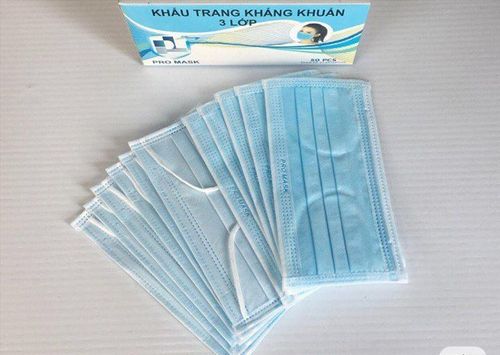
Phương pháp Hiệu suất lọc khuẩn dùng để kiểm tra cho khẩu trang y tế
This method of Bacterial Filtration Efficiency, in addition to testing for medical masks, can also evaluate the bacteriostatic efficiency of other medical products such as surgical gowns, surgical drapes and systems. sterile barrier systems and this method mainly evaluates the effectiveness of the materials used but does not evaluate the design.
The organism used in the filtration performance of bacteria such as aerosols is Staphylococcus aureus, which is a bacterium commonly found in the body's resident flora but is also a pathogen of humans and is a major cause of nosocomial infections.
The material to be evaluated will be placed between the aerosol chamber and the six-stage cascade impactor. In the aerosol chamber, the Staphylococcus aureus culture is dispersed using a nebulizer. Aerosol droplets acting with a medical mask are collected during the six stages of the procedure.
In this way, the relationship between the number of bacteria produced by the nebulizer is evaluated in relation to the number of bacteria collected after passing the mask, thereby reporting the efficiency rate of the microbiological filtration. bacteria.
To meet the standard called a medical / surgical mask, the bacterial filtration efficiency index must be at least 95% to be a good mask. Medium and high quality masks have a bacterial filtration rate from 98% to greater than 99%. Some manufacturers use the Greene & Vesley method to determine the Bacterial Filtration Efficiency (BFE) index.
Please dial HOTLINE for more information or register for an appointment HERE. Download MyVinmec app to make appointments faster and to manage your bookings easily.





